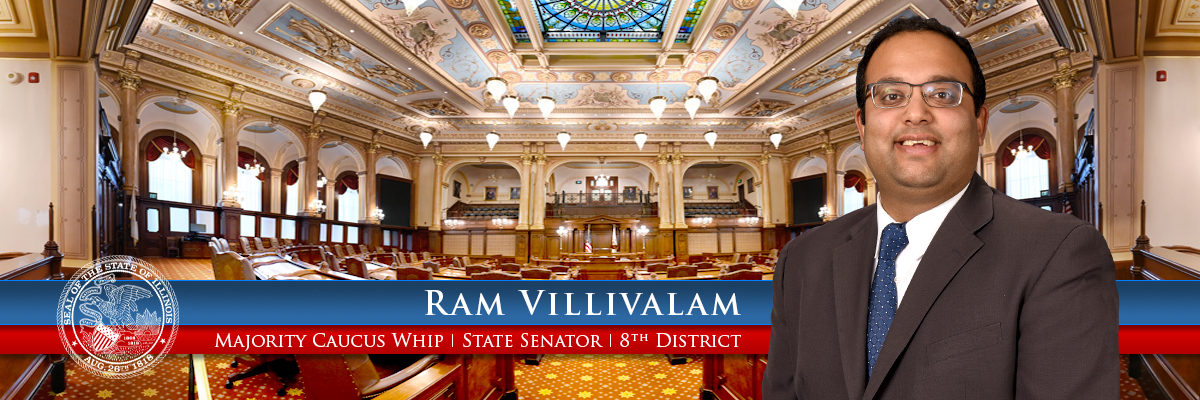
Co-authored by State Senator Ram Villivalam (Chair, Senate Transportation Committee) and Kevin Artl, President and CEO of the American Council of Engineering Companies. Also published in Chicago Tribune on March 16, 2021.
Illinois is the crossroads of the nation in the most literal sense. Our 15,969 state highway miles, 9,982 miles of railroad, five international airports and international ports serve as the hub for coast-to-coast logistics and delivery. The nation’s supply chains rely on the capacity of our transportation network so rail operators, cargo shippers and truckers can deliver goods where they are needed most.
Each of these systems rely on the Department of Transportation and its essential role in working in conjunction with industry in planning, designing and construction of Illinois’ surface transportation network.
In 2019, Governor Pritzker and the legislature took historic action to modernize Illinois’ transportation network through the passage of the Rebuild Illinois Capital Program. Rebuild Illinois will make a $45 billion investment in roads, bridges, railroads, universities and public facilities over the next six years.
The program is the largest in state history and the first true state investment in infrastructure in over a decade. For Rebuild Illinois to be effectively implemented, it will require the full commitment of Illinois’ engineering and construction industries working under the leadership of Acting Secretary of Transportation Omer Osman’s talented team at IDOT.
For the last decade, IDOT’s talented team has suffered through budget cuts and pay freezes, early buy outs and retirements. Nearly a third of IDOT's leadership positions and hundreds of essential jobs across the agency are vacant. An investment in IDOT's workforce will not only speed up the delivery of critical projects but will also ensure the $33.2 billion is spent responsibly.
Two years ago, Illinois made a bold investment in infrastructure, now we must make that same commitment to the agency leading that effort. The result will be greater efficiency for project delivery—ultimately saving both time and money for Illinois taxpayers and making our roads safer.





